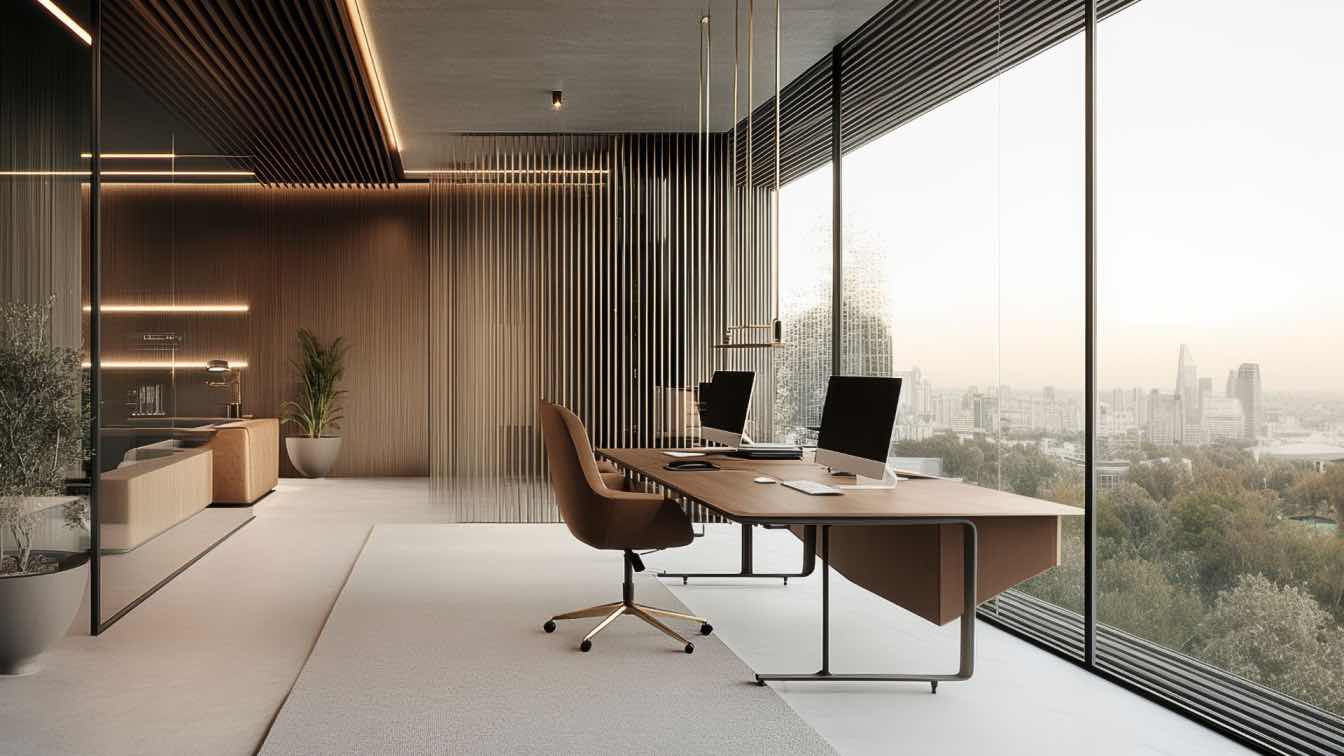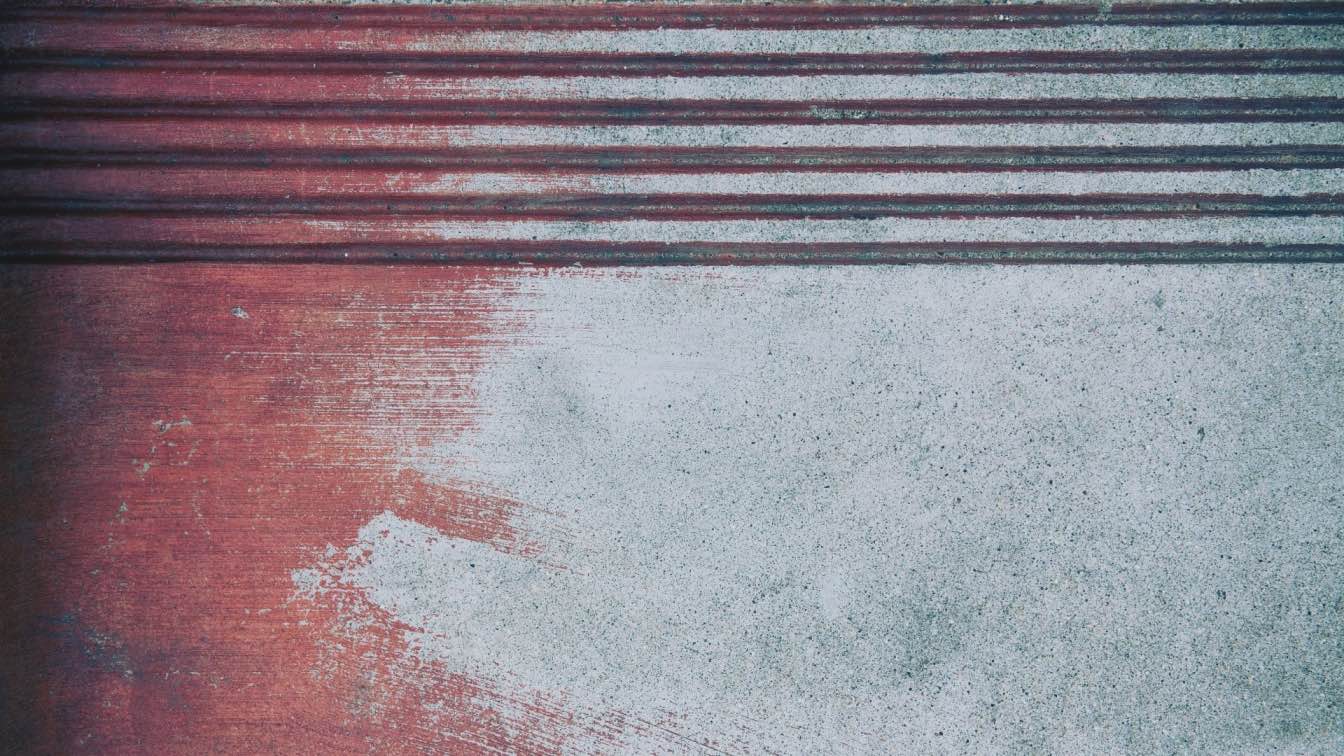The choice of a roof for your home is one of the most expensive home improvement decisions that you could make. Unless you’re living in a block house, the color and texture of the roofing material are probably the first things that anyone will notice when they look at your home from afar. Still, it’s also a choice regarding your home's energy efficiency and your property's safety.
Now, it’s always important to consider two things regarding the price of the roof. What the majority of people immediately think of is the short-term cost. However, a roof that you have to fix twice per year or one that lasts half as much as another variant can hardly be considered a cheaper roof. So, you need to think about the long-term cost, as well.
So, we’ll try to be as comprehensive as possible and, hopefully, give you the full answer.
1. Asphalt shingles
The main reason why asphalt shingles are such a popular roofing material is because they provide an amazing value for the money. Even more importantly, they’re one of the cheapest roofing materials out there and come in a variety of styles and colors. This means that your choice to go with asphalt won’t be limited by the style that you’re trying to go for.
Next, it’s important to understand that asphalt is incredibly easy to work with. Even if something gets damaged or destroyed, you’ll have an easy time buying the exact same material to replace it. Even more importantly, there are so many handymen out there who are well-versed in fixing asphalt roofs, which means that, even if you choose not to do it yourself, it shouldn’t really be that much of a problem.
2. Clay or concrete tiles
Clay or concrete tiles are quite old and have been used as an alternative to wood shingles for almost as long as architecture exists. In fact, along with wooden tiles, they’re likely the oldest roofing material on this list.
As for the flat cost, these are some of the costliest options on the list. At the same time, they give your home a unique, luxurious look, which always costs extra.
Their benefits are that they can easily outlast 50 years, and there’s not much that you can do about them. They’re resistant to rusting, mold, fire, and pests, they’re also quite durable, which means the chance they’ll break won’t be that high. Sure, if they do break, replacement won’t be cheap since these tiles are a bit on the more expensive side.
They’re also quite heavy, so if your roof wasn’t built with them in mind, you’ll have to reinforce it. This will add extra cost to your already expensive investment.
3. Slate roof
A slate roof is an incredibly aesthetic but expensive option. It’s longer lasting than any other material on this list; however, they’re also quite expensive. Aside from this, they’re also pretty heavy. This means that if your roof structure is already compromised or you plan to add something extra to the roof (like solar panels), this extra weight could be an issue.
Slate is always a high-quality and high-durability roofing material, which means that you’re paying for a roof that even your ancestors won’t have to replace.
Now, a lot of people love the aesthetics behind slate roofs, but they don’t want to deal with extra cost and extra weight on their roof structure. However, there’s an alternative that may be more to your liking. Namely, you can get a composite that looks like real slate and imitates some of its thermic features but has no downside. The DaVinci roof cost is far less expensive, and you get an amazing value for your money.
4. Metal shingles
Metal is more expensive up-front, especially compared to asphalt shingles. However, the very term metal can mean a number of things. Steel metal will be more expensive than aluminum metal, while copper roofs will eclipse them both in terms of cost. In other words, you need to know what kind of metal you’re going for in order to evaluate the cost.
Then, there’s the fact that metal roofs are quite durable. This means that you’ll have minimal maintenance requirements. A lot of people fear that metal will rust, especially when exposed to constant rain and snow, but the truth is that this comes down to the alloy in question.
You also need to take into consideration the fact that metal shingles are incredibly impact-resistant. This means that if you live in an area with strong wind (where flying debris is expected), you have one less thing to worry about.
Then, there’s the fact that metal roofs last 40-70 years. This alone means that if you compare their long-term value, you must consider that they last at least twice as long.
5. Wood shingles
Wood shingles are moderately expensive to very expensive. For instance, if you go with cedar or redwood shingles, you may look at a fairly high investment. Still, this does add a unique aesthetic appeal to your home, which means that you’re getting more than just a cover for your home.
At the same time, there are a few things you need to take into consideration when buying wood shingles. First of all, they have a shorter lifespan than the majority of roofing materials. Second, they require additional maintenance, especially in coating and finishing, to make them termite-resistant and fire-resistant, which costs quite a bit. Not only that, but you have to inspect more frequently and apply these solutions occasionally. In other words, the maintenance is a bit more problematic than expected.
For a lot of people, the aesthetics are worth the cost; however, how do you quantify a higher fire hazard? In an area renowned for wildfires, this should be a far bigger factor.
Wrap up
In other words, when you figure out the size of your roof and your budget, you may already understand that some of these options are off the list. At the same time, sometimes, even if you can afford a certain roofing type/style, there’s a more cost-effective alternative that gives you as much for far less investment. It all comes down to figuring things out for yourself.





